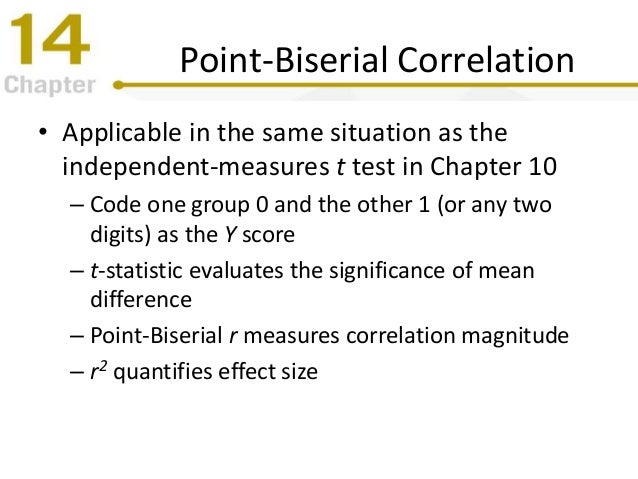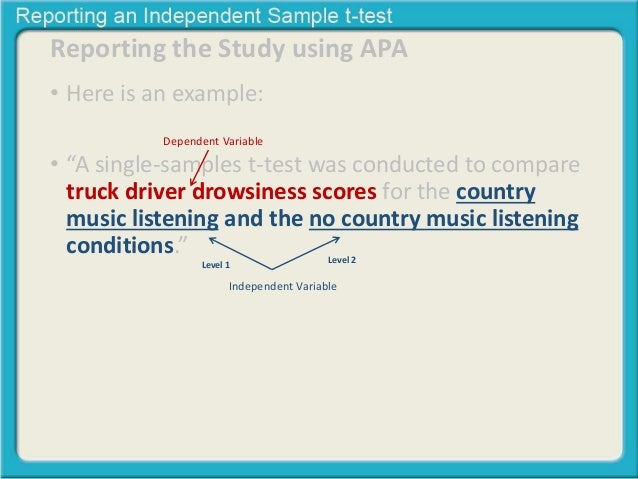

0 indicates no correlation between two variables.-1 indicates a perfectly negative correlation between two variables.This type of correlation takes on a value between -1 and 1 where: Point-biserial correlation is used to measure the relationship between a dichotomous variable and a continuous variable. Two of the most common ways include:Ī one proportion z-test determines whether or not some observed proportion is equal to a theoretical one.įor example, we might use this test to determine if the true proportion of athletes who are male in some population is equal to 50%. There are several ways to analyze dichotomous variables. For the item point-biserial correlations, PTBISERIAL A and PTBISERIALE:, scored observations are correlated with their corresponding person raw scores.For the point-measure correlations, PTBISERIALM, scored observations are correlated with their corresponding Rasch measures. This allows us to easily see that 70% of the total athletes in the dataset are male and 30% are female. We could also display the frequencies as percentages on the y-axis: We typically visualize dichotomous variables by using a simple bar chart to represent the frequencies of each value it can take on.įor example, the following bar chart shows the frequencies of each gender in the previous dataset: It’s worth noting that we can create a dichotomous variable from a continuous variable by simply separating values based on some threshold.įor example, in the previous dataset we could turn the variable Average Points into a dichotomous variable by classifying players with an average above 15 as “high scorers” and those with an average below 15 as “low scorers”:
#POINT BISERIAL VS POINT MEASURE HOW TO#
You can remember that dichotomous variables can only take on two values by remembering that the prefix “di” is a Greek word that means “two”, “twice”, or “double.” How to Create Dichotomous Variables However, the variables Division and Average Points are not dichotomous because they can take on multiple values. The variables gender and Won Championship are dichotomous because they can each only take on two possible values: For example, consider the following dataset that contains 10 observations and 4 variables: These types of variables occur all the time in practice.
#POINT BISERIAL VS POINT MEASURE PROFESSIONAL#
Athlete Status: Professional or Amateur.Property Type: Residential or Commercial.Some examples of dichotomous variables include: The post Point Biserial Correlation in R-Quick Guide appeared first on finnstats.A dichotomous variable is a type of variable that only takes on two possible values. Intraclass Correlation Coefficient in R-Quick Guide » In another case, you can try package ltm library(ltm)īr(y, x, use = c("all.obs"), level = 2)įrom the output, we can observe that the point-biserial correlation coefficient is 0.58 and it is significant at 90% significance level. How to Calculate Partial Correlation coefficient in R-Quick Guide » InferenceĪ significant positive correlation was observed between x and y (p<0.1). The correlation value is 0.58 and it is significant at 90%. Pearson’s product-moment correlation data: x and yĪlternative hypothesis: true correlation is not equal to 0 x as binary variable and y as continuous variable x <- c(0, 0, 1, 1, 0, 1, 1, 0, 1, 1, 0) This tutorial describes how to calculate the point-biserial correlation between two variables in R.Ĭorrelation Analysis Different Types of Plots in R » Example: Point-Biserial Correlation in R 1 indicates a perfectly positive correlation.-1 indicates a perfectly negative correlation.The mean value of Y in the minor or smaller category as specified by X lies on the regression lines.īasically, It is used to measure the relationship between a binary variable and a continuous variable.Īs usual, the point-biserial correlation coefficient measures a value between -1 and 1.Point biserial One variable is nominal & the other is continuous (Pearson in SPSS).

The major assumptions made for biserial correlation are The goal of this training session is to gain (or refresh) basic.

Significance of Spearman’s Rank Correlation » Assumptions Hence a measure of correlation is known as biserial correlation. In this kind of situation’s person correlation coefficient is not appropriate. In some situations in which one variable is dichotomous according to some qualitative factor and another variable is numeric according to some quantitative variate. Point Biserial correlation in R, What do you understand by biserial correlation?


 0 kommentar(er)
0 kommentar(er)
